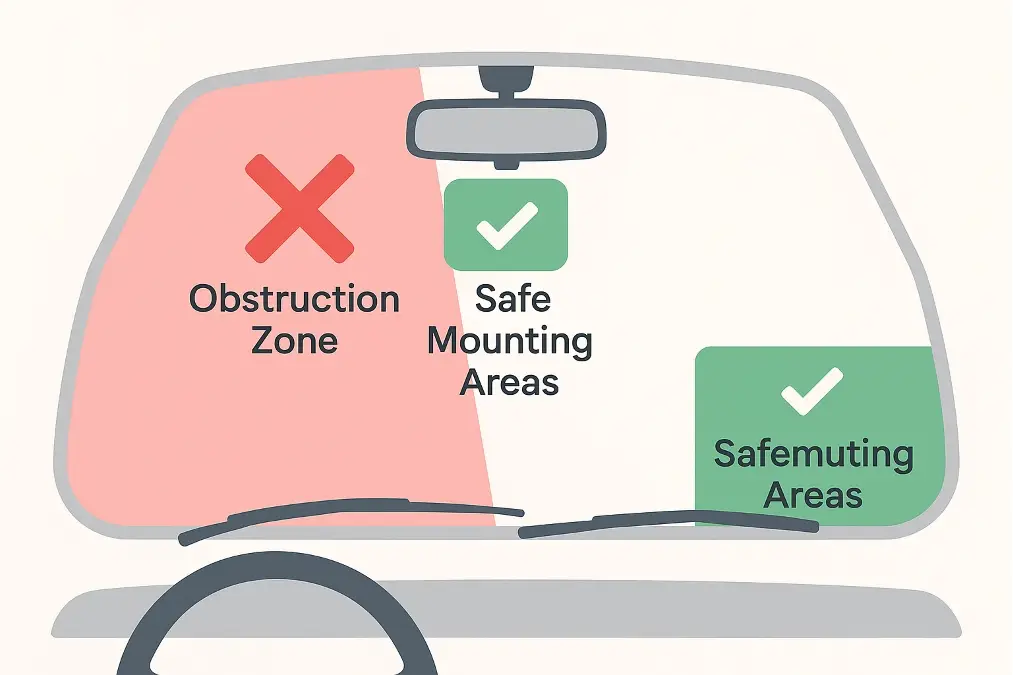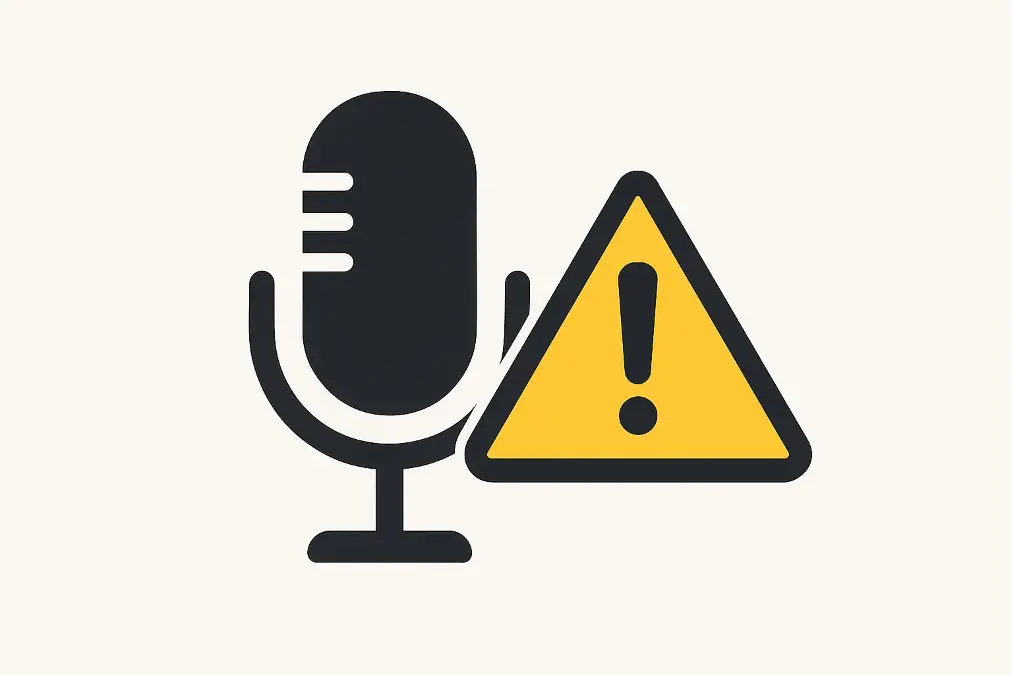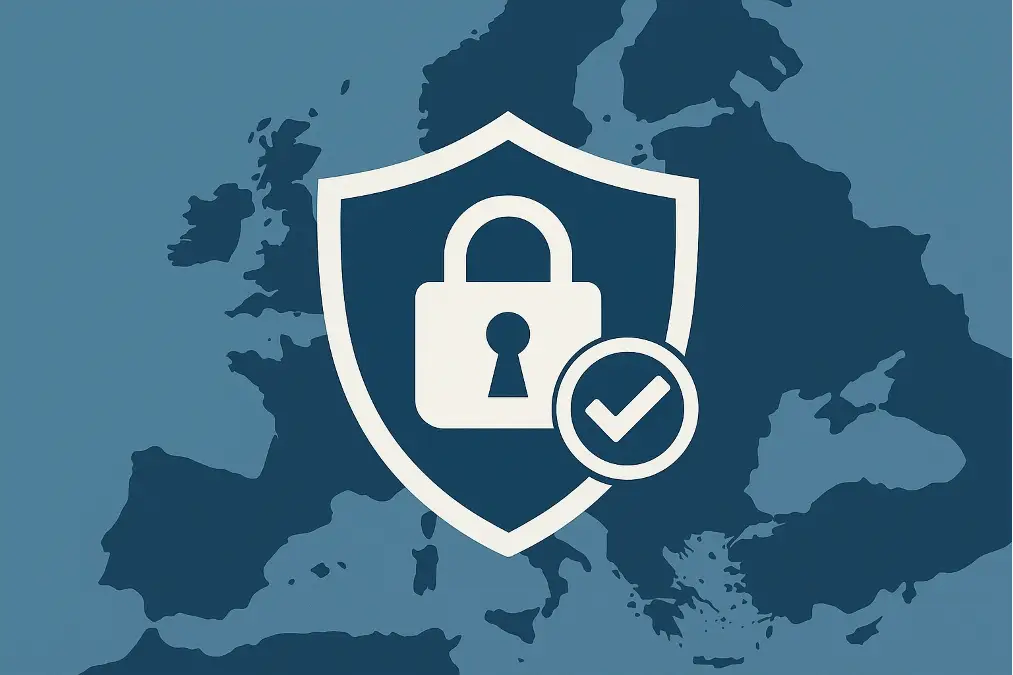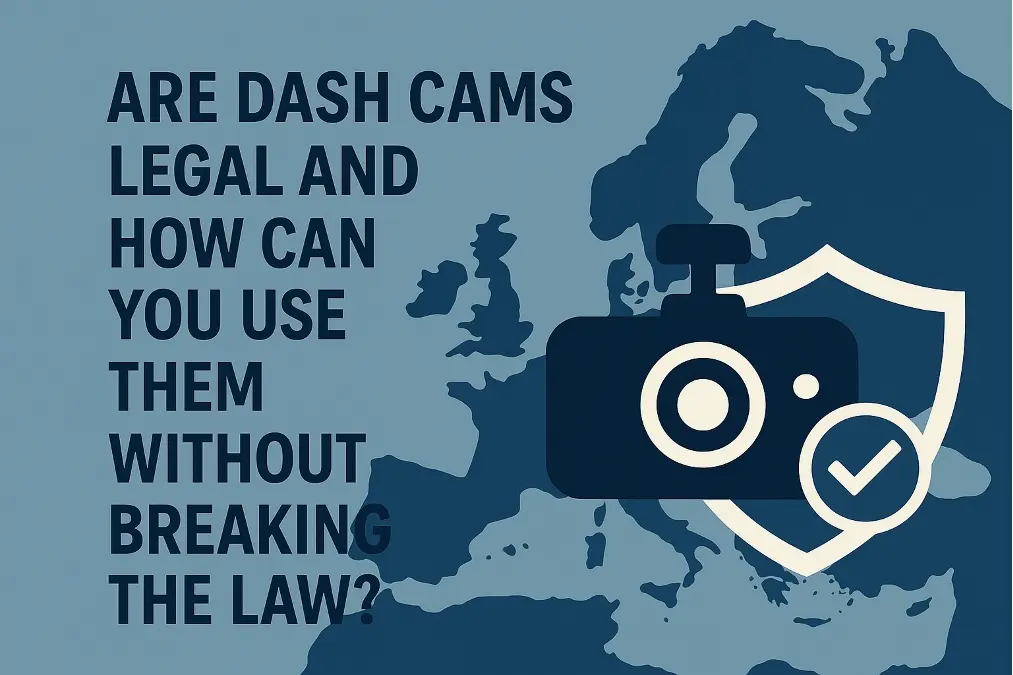Worried your dash cam could get you into legal trouble? You bought it for protection, but confusing laws can be a real headache, leaving you unsure if you are breaking the law.
Yes, dash cams are generally legal to own and use, but you must follow specific rules. The key is to mount the camera so it doesn't obstruct your view, understand local laws about audio recording, and respect privacy regulations1, especially when handling footage.

As the founder of VST Tech, my mission is to protect your driving safety. That mission goes beyond just building reliable hardware; it includes empowering you with the knowledge to use it responsibly. A dash cam is an incredible tool for establishing the truth after an incident, but its legality is a complex issue that varies significantly by region. For skilled installers like Jacky in Europe or a DIY enthusiast in Texas, understanding the legal landscape is as critical as the installation itself. Getting it wrong can turn your best evidence into a legal liability. Let's dig deeper into the specific rules you need to know to stay protected.
Where Can You Legally Mount a Dash Cam in Your Vehicle?
Struggling to find the right spot for your dash cam? An incorrect placement could block your view, which is dangerous and could earn you a fine, defeating the entire purpose of the device.
Legally, you must mount your dash cam where it does not obstruct the driver's critical field of vision. The safest places are typically behind the rearview mirror, in the bottom corner of the passenger side, or on the dashboard, well away from any airbag deployment zones.

Proper mounting is the foundation of legal dash cam use. The core principle everywhere is that the device cannot impede your view of the road. I've seen professional installations that are so clean they look like they came from the factory, and that's the standard we should all aim for. However, the specifics can be tricky. Some jurisdictions are very precise. California, for instance, dictates exact measurements: a 7-inch square in the lower passenger-side corner or a 5-inch square in the lower driver-side corner. Other places are more general, simply stating it must not obstruct the view. Another critical point is safety beyond just visibility. You must never mount a camera where it could interfere with an airbag. In a collision, an object in the airbag's path can become a high-speed projectile. Before you install, always check your local regulations, but a good universal rule is to place it high and central, tucked behind your rearview mirror.
Common Windshield Mounting Rules by Region
| Region/State | Typical Mounting Rule | Key Consideration |
|---|---|---|
| California, USA | Allowed in a 7-inch square (passenger side) or 5-inch square (driver side) in the lower corners. | Very specific size and location mandates. |
| United Kingdom | Must not intrude more than 40mm into the area swept by the wipers. | The focus is on keeping the driver's primary viewing area clear. |
| Texas, USA | Permitted as long as it is mounted on the windshield and does not obstruct the driver's normal view. | More general, offering flexibility. Behind the mirror is best practice. |
| Germany | Permitted, but it must not distract the driver or block the view. | Privacy laws are a much bigger concern here than simple placement. |
Do You Have to Inform Passengers You Are Recording Audio?
Are you worried about the legality of recording conversations in your car? Secretly recording audio can violate wiretapping laws, creating serious legal problems, especially if you ever need to share the footage.
Yes, in many regions you are legally required to inform passengers that you are recording audio. This is governed by consent laws, which can be "one-party" (only your consent is needed) or "two-party" (everyone must agree), so you must know your local rule.

Video and audio recording are governed by entirely different sets of laws. While recording video in a public space like a road is usually fine, recording a private conversation inside your car is a more sensitive issue. This is where consent laws become critical. In the United States, for example, the rules change from state to state. "One-party consent" states, like New York and Texas, allow you to record a conversation as long as you are part of it. However, in "two-party consent" states, like California and Florida, you need permission from every single person involved in the conversation to legally record it. As an expert like Jacky would appreciate, the details matter immensely. The safest and most ethical approach, which I always recommend at VST Tech, is to disable audio recording by default or clearly inform anyone entering your vehicle that audio is being recorded. A small, simple sticker on the window can serve as a clear notification and protect you from any legal ambiguity.
One-Party vs. Two-Party Consent States (USA Examples)
| Consent Type | Description | Example States |
|---|---|---|
| One-Party Consent | Only one person in the conversation needs to consent to the recording (usually the driver). | New York, Texas, Georgia, North Carolina |
| Two-Party Consent | All parties in the private conversation must consent to being recorded. | California, Florida, Pennsylvania, Washington |
What Are the Rules for Using Dash Cam Footage as Evidence?
You captured the perfect video of an accident, but will it be admissible in court? If you obtained the footage illegally, it could be deemed worthless, leaving you without proof when you need it most.
Dash cam footage is frequently accepted as evidence by courts and insurance companies, provided it was obtained legally. For the footage to be effective, it must be authentic, unedited, and clearly show the event. Features like a date and time stamp significantly increase its credibility.

This is why we buy dash cams: to have an unbiased witness. In most insurance claims and legal disputes, clear video footage is the most powerful piece of evidence you can have. It can end a "he said, she said" argument instantly. However, for that footage to be useful, it has to meet certain standards. First and foremost, it must have been recorded legally, following the mounting and audio consent laws we've already discussed. A judge can refuse to admit evidence that was gathered illegally. Second, the integrity of the video is crucial. You cannot edit, trim, or alter the original file in any way. That’s why our VST Tech cameras are designed to automatically embed a tamper-proof timestamp and, on some models, GPS coordinates. This data proves when and where the event occurred, making the evidence much stronger. When you need to use the footage, always provide the original file to the authorities or your insurer. A word of caution: resist the urge to post the video online. This can backfire and create privacy or libel issues that could complicate your case.
Are There Special Privacy Laws to Worry About in Europe?
Planning to use your dash cam while driving in Europe? Be aware that the rules there can be far more strict than in other parts of the world, with heavy fines for violations.
Yes, Europe's General Data Protection Regulation (GDPR) imposes strict rules on dash cam use. You must have a "legitimate interest" to record, you cannot record continuously for surveillance, and you cannot publish footage of people or license plates without permission.

For our European users and installers like Jacky, understanding GDPR is non-negotiable. This regulation treats video footage that captures identifiable people or license plates as "personal data," affording it strong legal protection. This does not make dash cams illegal, but it changes how you must use them. For example, countries like Austria and Portugal have historically had near-total bans on their use for surveillance purposes. In Germany, the courts have ruled that while dash cams are permissible for the specific purpose of documenting an accident, continuous, uninterrupted recording is a violation of privacy. This legal nuance is why many modern dash cams, including our VST Tech models, have features like G-sensor-triggered event recording. The camera records on a loop, but only permanently saves the file when it detects an impact. This proves you are not using it for general surveillance but for your personal safety and as potential evidence. If you do capture an incident, you can provide it to the police, but publishing it online would be a clear GDPR breach and could result in significant penalties.
Dash Cam Legality in Select European Countries
| Country | Status | Key Rule/Consideration |
|---|---|---|
| United Kingdom | Legal and widely accepted | Post-Brexit, follows UK GDPR2. Police often request footage via Operation Snap. |
| France | Legal for private use | Must inform passengers of recording. Sharing footage publicly is prohibited. |
| Germany | Legal, but with strict limits | Continuous recording is a privacy violation. Incident-only recording is advised. |
| Austria | Highly restricted | Use is seen as surveillance and is largely prohibited, with high potential fines. |
Conclusie
In summary, dash cams are powerful, legal tools for safety. Success hinges on correct mounting, following audio consent rules, and respecting privacy laws like GDPR before you ever share footage.


